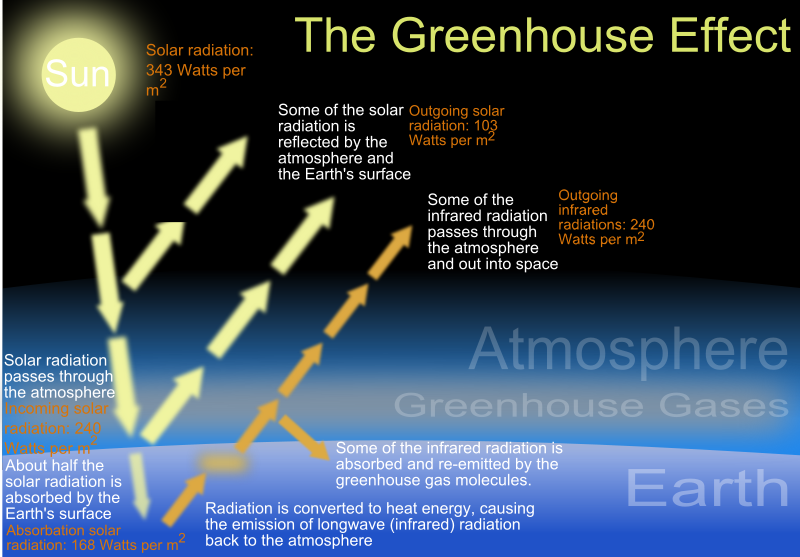10.2. Plant life – photosynthesis

10.2.1. Working with texts. Photosynthesis
|
This text was adapted from Biology. Concepts and Connections. by Neil A. Campbell, Lawrence G. Mitchell, and Jane B. Reece. 1994. The Benjamin/Cummings Publishing Company, Inc. |
Plants use light energy to make food molecules from CO2 from the air and water from the soil. This process is known as photosynthesis. It is the most important chemical process on our planet, because it provides the food supply for plants, animals and other living organisms.
Plants don’t eat other organisms or organic molecules, in other words they are self-feeders or autotrophs. Plant cells transform light energy from the sun into chemical energy. Plants store chemical energy in the form of glucose and other organic molecules made from CO2 and H2O. Plants are not the only living organisms that photosynthesize, algae and certain protists also use light energy to produce their food.
Here is a simple equation which summarizes photosynthesis:
carbon-dioxide + water+ light energy = >glucose and oxygen
Key: 10.2.2. Reading comprehension. True or false?
10.2.3. Working with texts. Photosynthesis and the greenhouse effect
Without the greenhouse effect conditions would be much harsher on the surface of the Earth, the average temperature would be 10C lower than now.
Solar radiation reaches the surface of the earth in the form of short wavelength radiation. Part of this radiation is absorbed by the surface, and the rest is reflected by the surface back to the atmosphere and then into space. However, CO2 and other greenhouse gases reflect part of this heat into the lower atmosphere, where, just like in a greenhouse, it warms the lower atmosphere further. The more CO2 in the air, the more heat is reflected back towards the surface, warming up the lower atmosphere.

10.2.4. Reading comprehension. True or false?
10.2.5. Read Text 10.2.3. and write 5 Wh-questions to it.
List some of the things you have to take into consideration when writing questions to check the understanding of the pupils.
|
Language Corner Remember the word order of Wh-questions WH-word +auxiliary or modal + subject + main verb (+ other elements) Example 1: Where do you live? Example 2: Why do you need the book? BUT If the wh-word is the subject of the sentence, the word order is WH-word + verb group + other sentence elements Example 3: Who waited for you? |